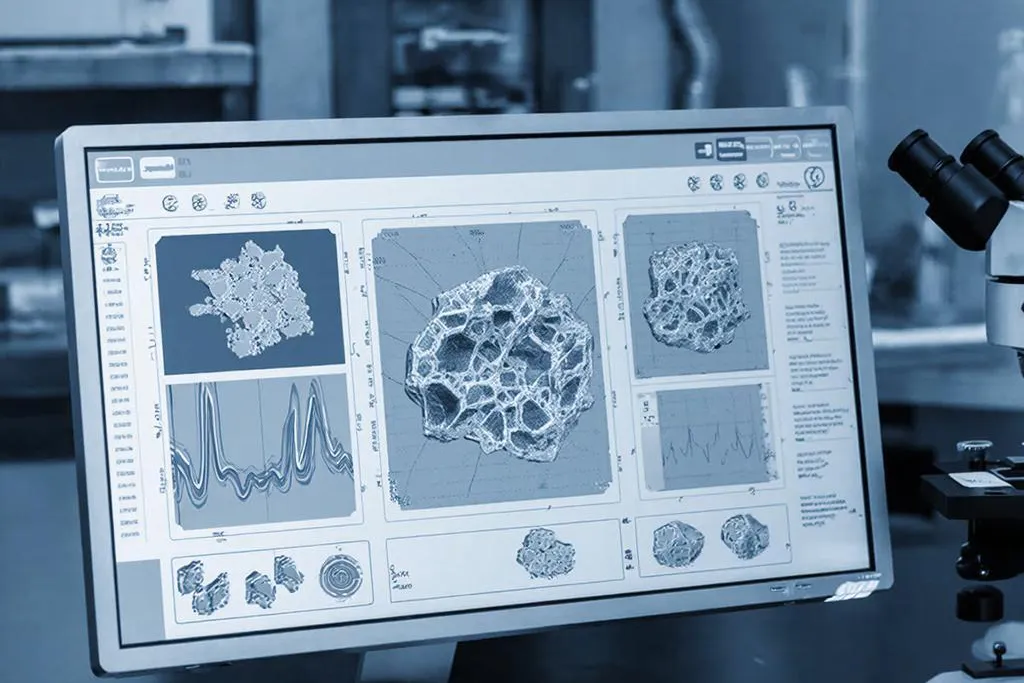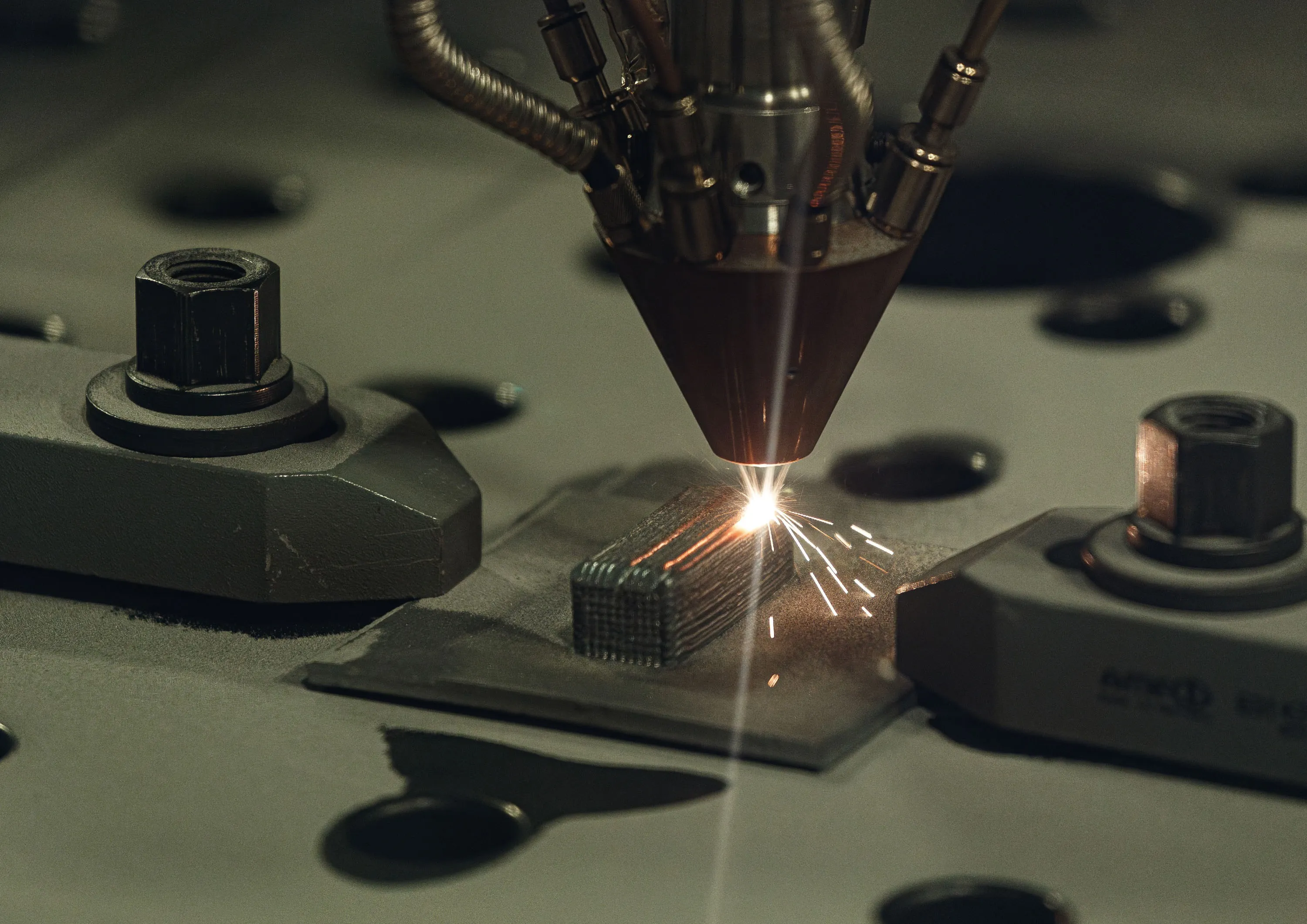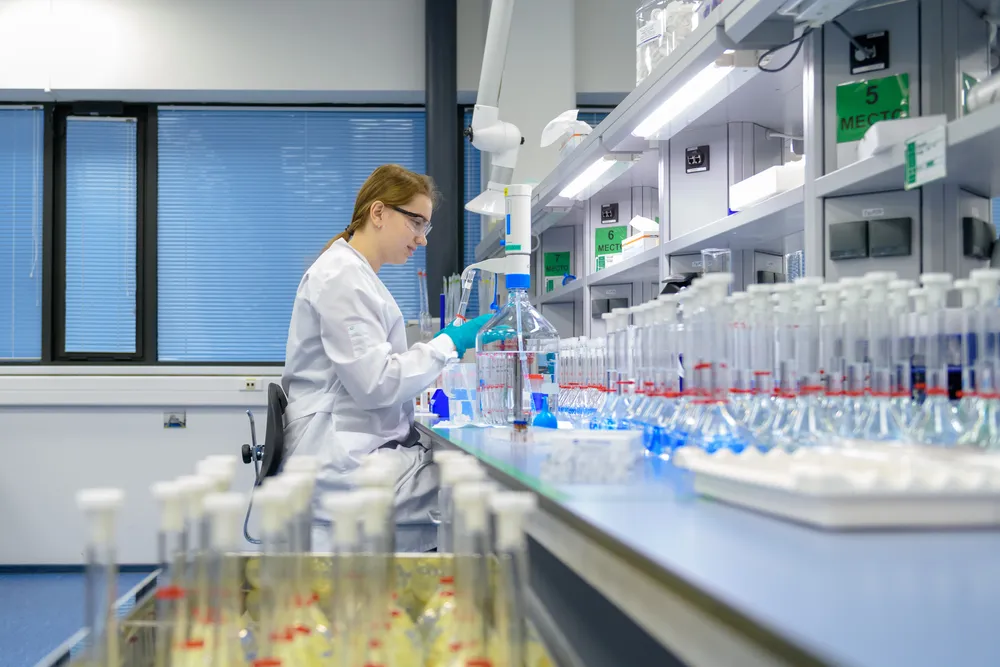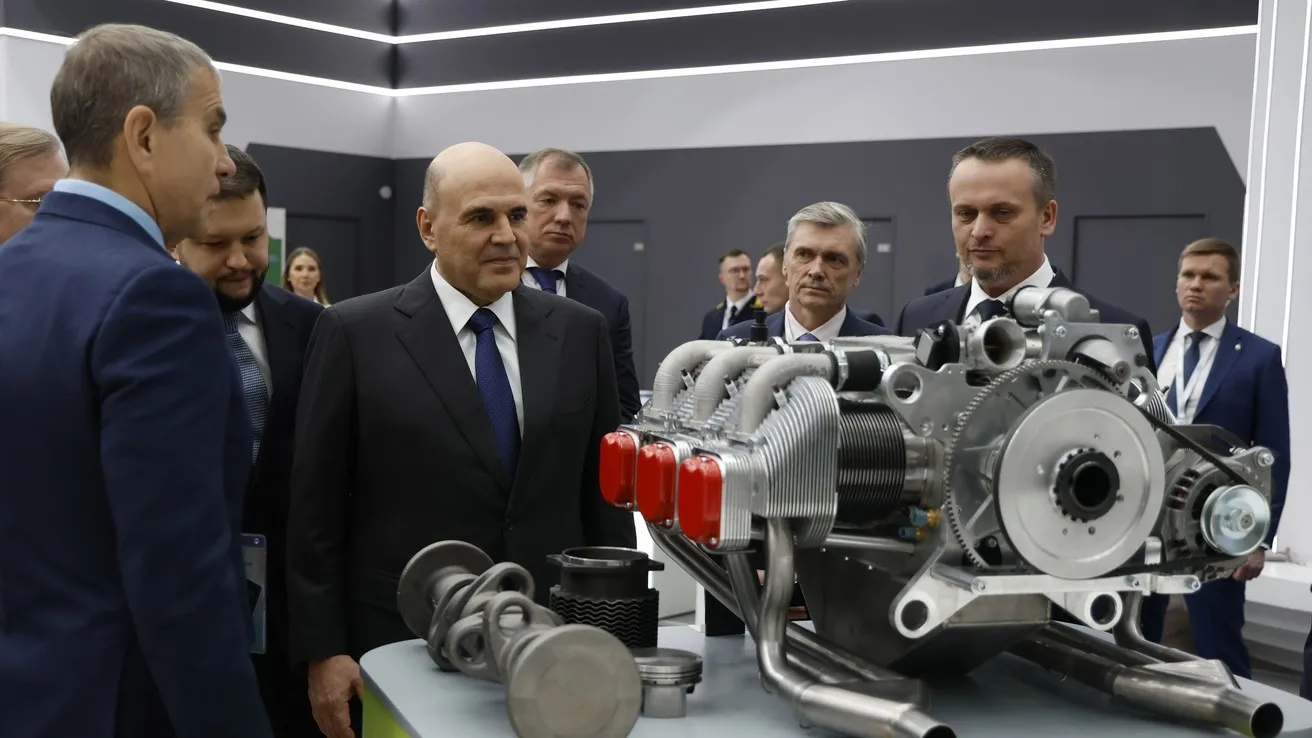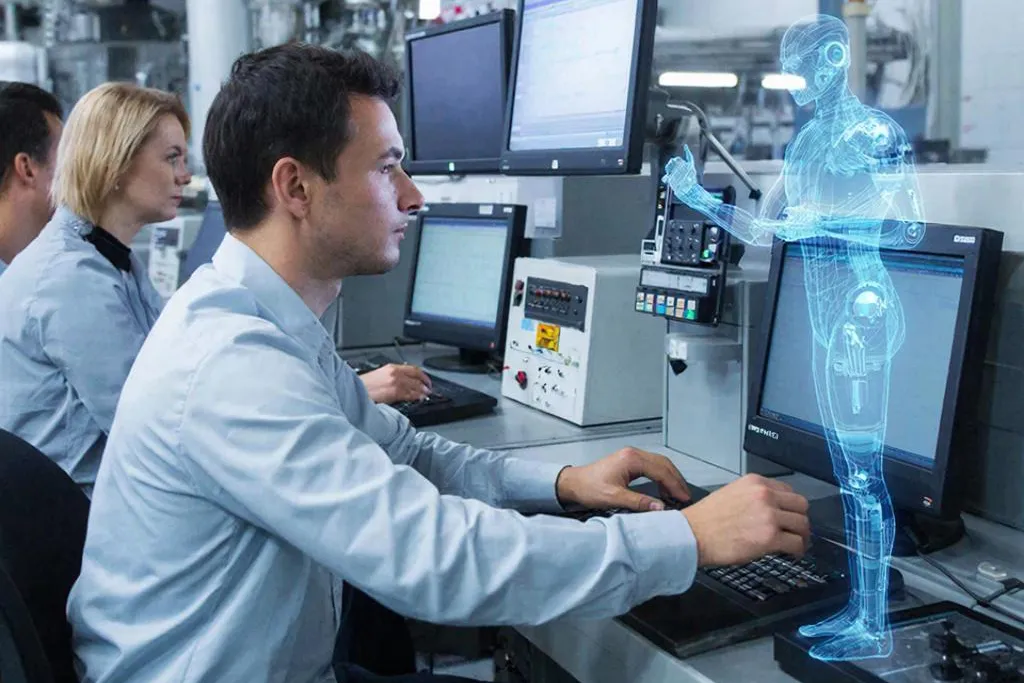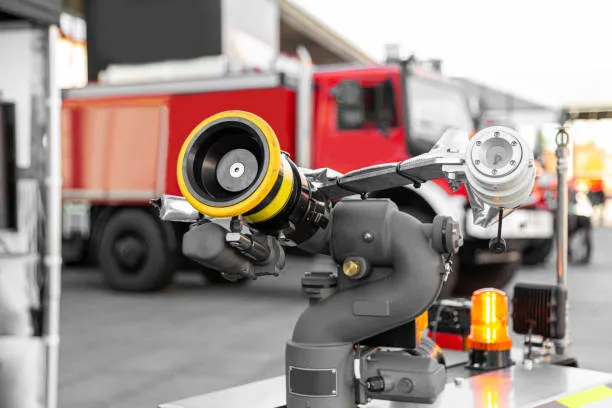Russian Scientists Develop a Digital Model for Thermomechanical Material Processing
A new computational model created at Perm Polytechnic University promises to dramatically cut development cycles and strengthen the reliability of industrial components by predicting how metals change under real manufacturing conditions.
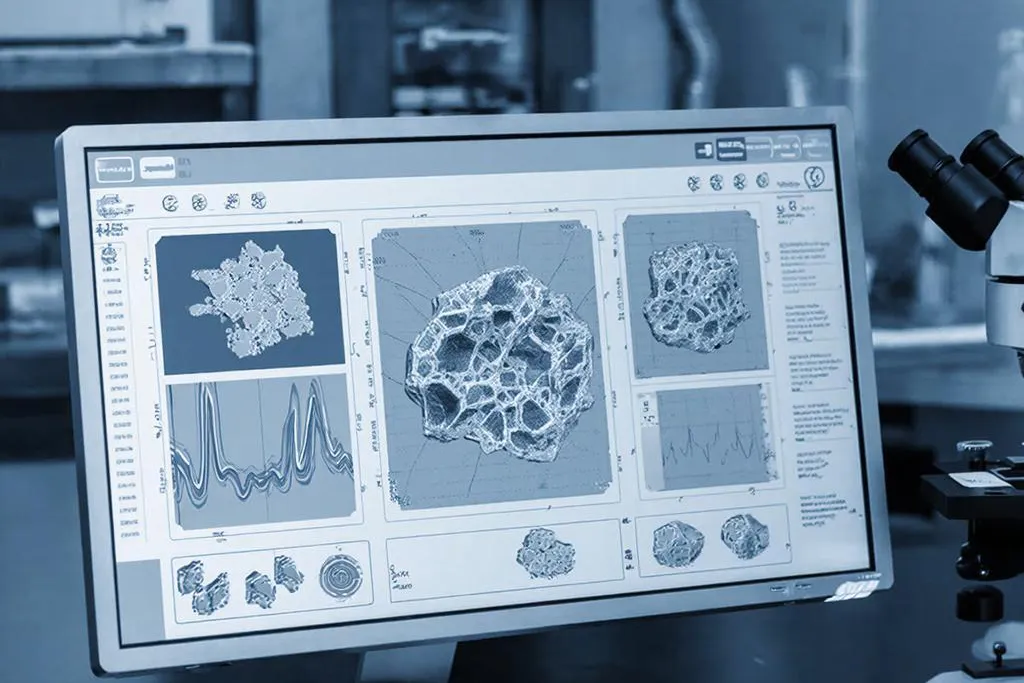
A New Computational Tool for Stronger, More Efficient Metals
Researchers at Perm Polytechnic University have developed a computer model capable of accurately predicting how the internal microstructure and strength of metals evolve during industrial processing. The system is designed to help Russian aerospace, automotive, and machinery manufacturers create stronger, longer‑lasting components while reducing production time and energy use.
Metals and alloys—especially aluminum—are widely used in high‑performance industries thanks to their combination of low weight and mechanical strength. But during forging, rolling, or other thermomechanical processes, their crystalline structure undergoes deformation. These microstructural changes can weaken the final product if not properly controlled.
Traditional quality‑control methods often require physically destroying samples or rely on extremely expensive analytical tools. Existing software solutions, meanwhile, are either too inaccurate or too complex for practical industrial deployment.
The new model developed in Perm solves this challenge by describing how a material behaves under both stable and rapidly changing temperatures and strain rates—conditions typical for real production lines.
From Trial‑and‑Error to Precise Prediction
The model functions as a kind of “digital microscope.” It allows engineers to simulate how a material’s crystalline structure responds to external forces and then predict key performance metrics—such as yield strength—before any physical testing occurs. This capability is crucial in manufacturing load‑bearing components, frames, and body panels, where durability directly affects service life and operating costs.
Integrating the model into digital design workflows helps manufacturers move away from trial‑and‑error approaches and toward precise, data‑driven prediction. As a result, companies can produce components with improved characteristics faster and with fewer iterations.
Researchers are already extending their system to model superplastic forming—a sophisticated technique that enables the production of complex‑shaped parts with minimal seams.


